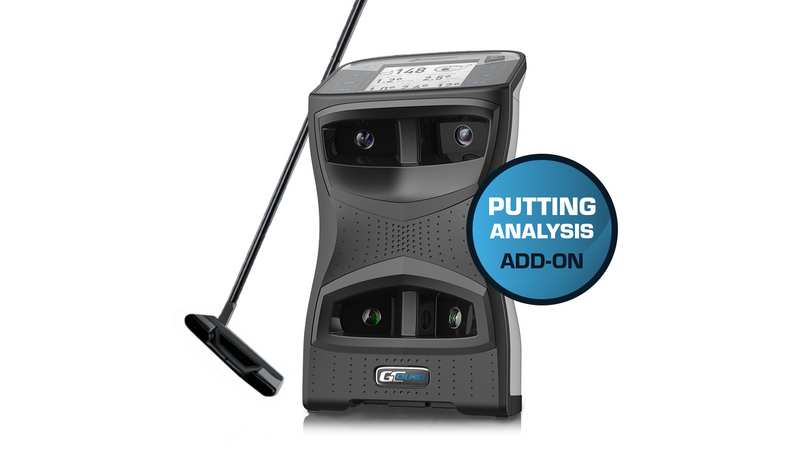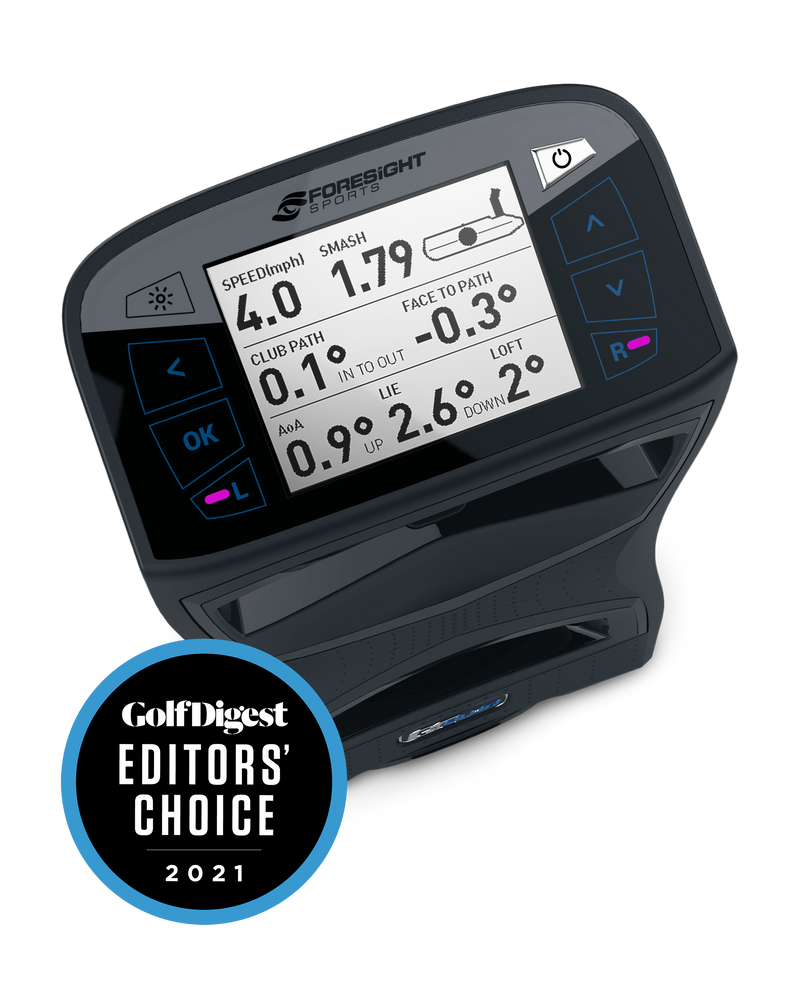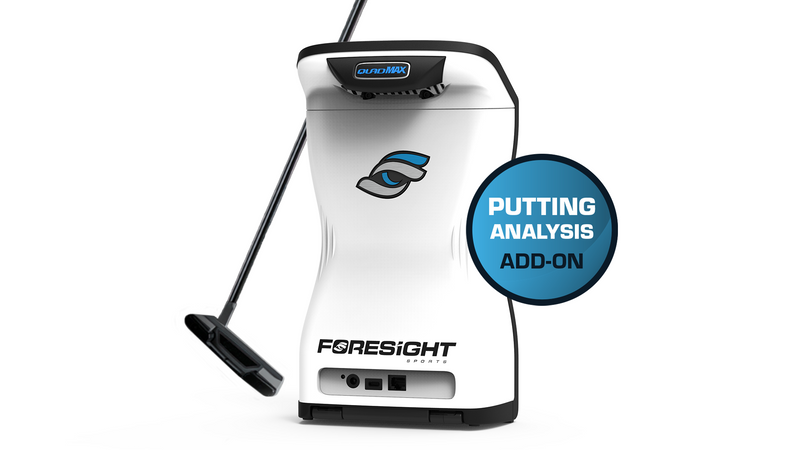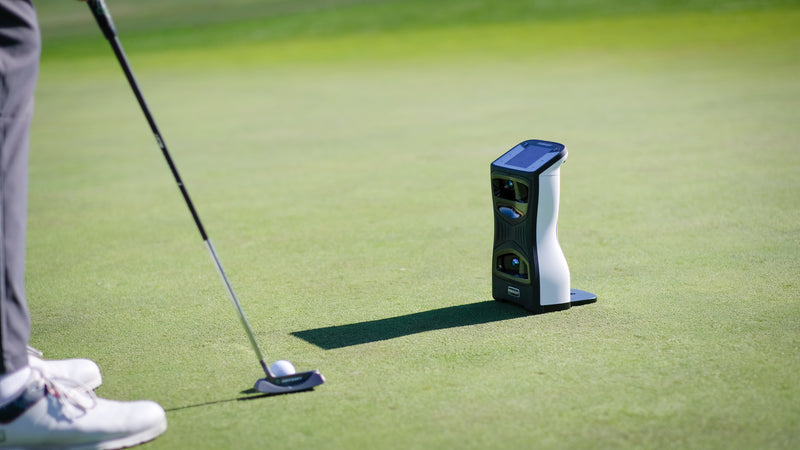The Art of Precision: How Data Shapes Putting Performance
Mar 31, 2025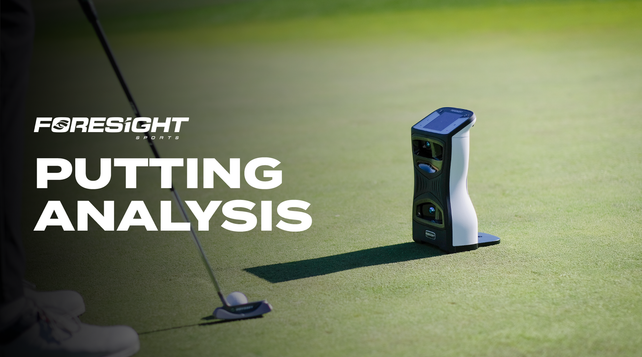
In the realm of golf, the smallest details often distinguish a good putt from a great one. To demystify the intricacies of putting performance and fittings, we sat down with Bryan Williams, Hardware Product Manager for Foresight Sports, to delve into the key data points that our advanced launched monitor technology offers and what it means for golfers aiming to improve their ability to make putts.
Key Metrics for Fitters vs. Players
For fitters, precision in club specifications is paramount, while players focus on repeatability and consistency. Below are key distinctions:
Key Fitter Metrics
-
Dynamic Loft – Crucial for ensuring a putter's loft matches a golfer's stroke mechanics.
-
Impact Location – Helps fitters optimize consistency in ball contact.
-
Launch Spin – Affects how smoothly a ball transitions from skid to roll.
Key Player Metrics
-
Face Angle at Impact – Determines the starting direction of the putt.
-
Launch Direction – Influences initial ball trajectory.
-
Forward Roll – Critical for accuracy and distance control.
-
Overview – Understanding how to optimize these metrics is critical for effective putting practice and performance.
Understanding Key Metrics
Ball Speed and Skid
Williams starts by emphasizing the importance of minimizing skid in putting. "Skid is crucial – you want it to be as minimal as possible to achieve true roll quickly," he explains.
True roll, a term familiar to many golfers, refers to the consistent roll of the ball end-over-end on the green once the ball is no longer skidding. For those tech savvy putters, it’s the point at which the rpms of the ball match directional velocity.
Where does ball speed fit in the equation? It’s critical for distance control, which is simply getting the ball to the hole without going too far past it. Minimizing skid and achieving true roller faster will allow you to better gauge your ball speed.
Launch Angle & Carry
The launch angle, he notes, should ideally be between one and two degrees. "You want a shallow launch to get the ball rolling on the surface of the green as swiftly as possible," he says.
In fact, a resting golf ball is nestled in a small indentation on the surface. So you need a slight launch angle to dislodge the ball so it starts rolling smoothly on top of the grass.
Additionally, carry – the distance the ball is airborne before making full contact with the green – is directly influenced by launch angle and should be minimized for optimal putting performance.
Push/Pull
Push or pull, which correlates to the start direction of your putt, is another critical metric. Williams elaborates on how their system can align with a specific target using a specialized alignment stick.
"This stick, wrapped in retroreflective tape, aligns your measurements relative to the target, allowing for precise calibration of your stroke." This reinforces that fact that it’s critical to start your putts on the intended line to increase your chance of success.
Delving Deeper: Advanced Data Points
Dynamic Loft
Dynamic loft, which is defined as the actual loft of the clubface at impact, is a crucial measurement for putter fittings. It directly influences launch angle, launch spin and launch direction, making it a key factor in optimizing a putter for a player’s stroke.
Having a neutral lie angle is important to ensure dynamic loft doesn’t influence your launch direction. For example, toe down angles can encourage a push, while toe up can initiate a pull. During a fitting session, the fitter's responsibility is to ensure the golfer’s putter has a neutral lie angle and a loft that provides the best launch conditions.
Club Head Speed and Smash Factor
When it comes to the club's interaction with the ball, club head speed and smash factor are essential. While these data points are well known and applied to the full swing, Williams points out that they are equally important to putting.
The best usage? Evaluating different putter face inserts, materials and designs. "Hitting the ball in the middle of the face maximizes efficiency and consistency," he adds. “When you switch face material or design, you can significantly alter the smash factor – which equates to the transfer of energy from the club in motion to the golf ball. This insight is crucial for golfers experimenting with various putter designs to find the best fit, and most consistent performance, for their game.”
Impact Location
The technology's ability to accurately pinpoint the impact location on the putter face sets it apart from others, particularly radar devices. "Reflective stickers placed on the club face help determine the exact impact point, a feature that many other devices can't match, and a feature that’s critical to consistency," Williams explains.
Understanding your impact location is essential. It helps you to hit the same spot on the putter face each time, giving you a consistent foundation to become a good putter. In addition, if you need to make changes to your putting motion, this level of precision allows golfers to refine their technique with confidence.
Angle of Attack
Angle of attack measures how the club is moving through impact. This is more of a fitter-centric metric, and diagnosing these conditions will require a fitter to make the appropriate loft adjustments to combat the putting tendencies. Ideally, golfers should maintain a neutral or slightly upward angle of attack to promote a clean, smooth roll.
Forward Roll
Forward roll is one of the most critical putting performance metrics. The faster the ball reaches true roll, the more predictable and accurate the putt becomes. Factors such as launch angle, impact location, and roll spin influence how quickly a ball achieves forward roll. By optimizing these variables, golfers can improve their overall putting consistency and control.
Where Data & Putting Performance Merge
The insights from Foresight Sports' advanced technology offer a comprehensive understanding of the key metrics that influence putting performance. From ball speed and skid to customizable data displays, our tools empower golfers to refine their technique and achieve greater precision on the putting surface.
Whether you're an expert clubfitter, a seasoned pro or a novice looking to improve, understanding and leveraging these data points can transform your ability to roll the rock.
Learn more ways to leverage the power of GCQuad and QuadMAX launch monitors to improve your performance.





